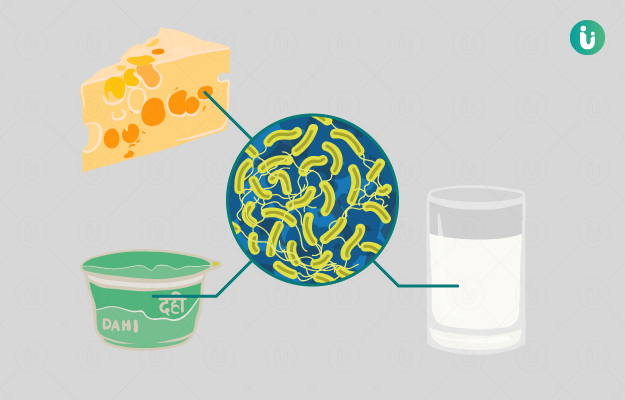What is brucellosis?
Brucellosis is named after its causative organism – a group of bacteria called Brucella. It is a rare disease and is not life-threatening as long as there are no accompanying complications.
Brucellosis is an infection which affects both animals and humans. The bacteria spread through contaminated food. It can also spread through the air or be contracted through an open wound.
What are its main signs and symptoms?
The symptoms of brucellosis are very similar to those of flu. They usually include:
- Chills
- Body pain
- Headache and possibly a mild fever
- Dullness and lethargy
- Loss of appetite and weight
- Pain in the back, joints and abdomen
What are the main causes of brucellosis?
The bacteria Brucella, which cause this condition, are largely found in raw meat and unpasteurised milk. Common routes of infection include inhaling the bacteria, ingesting contaminated food or through an open wound by contact with infected animals. Although not common, it can also be passed on through sexual contact and breastfeeding. People who work in ranches and farms and are in close contact with animals are at higher risk of contracting this disease.
How is it diagnosed and treated?
A persistent flu-like state which does not subside or respond to treatment may warrant testing for brucellosis. The diagnosis can be slightly tricky since it may sometimes take well over a month for any signs to show. Diagnosis includes:
- Blood tests
- Urine tests
- Testing cerebrospinal fluid
- Bone marrow culture
Medication is the mainstay of treatment for brucellosis. Antibiotics, including a combination of doxycycline and rifampin, are usually prescribed. While treatment may take a few weeks before marked improvement is seen, it is important to remember that the chances of recurrence later in life is common. It is important, therefore, to limit exposure to animals, be cautious when around them and avoid consuming raw meat and unpasteurised dairy products.
While the disease in itself is not lethal, persistent infection can be dangerous and can cause inflammation in the brain and membranes surrounding it. It can also cause infections in the lining of the heart and lesions in the joints and bones.

 Doctors for Brucellosis
Doctors for Brucellosis 

















